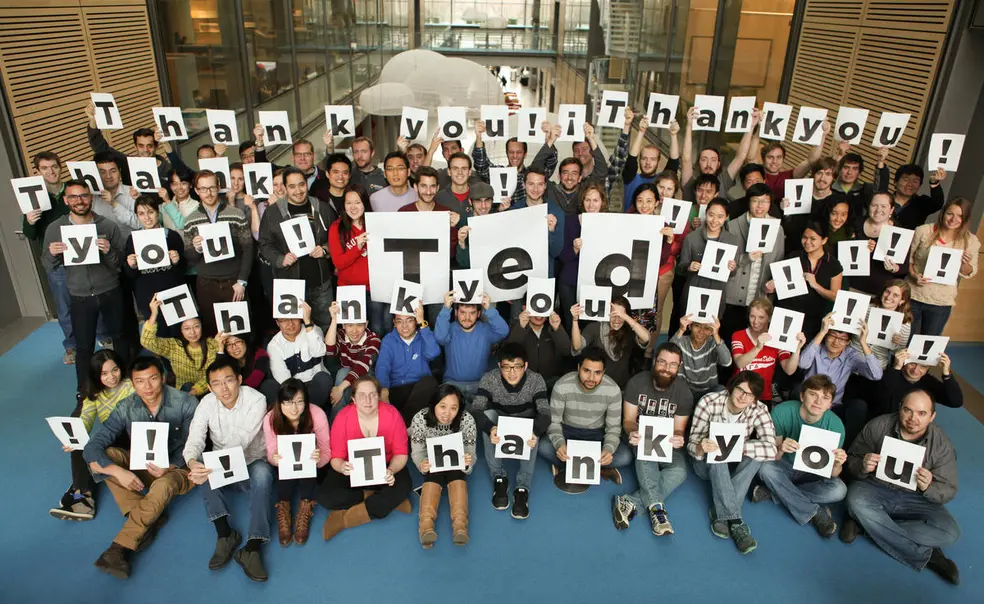Taylor Gift Funds New Fellowships for Chemistry Grad Students
Starting this fall, third-year chemistry graduate students will receive full fellowships through a gift from Edward C. Taylor, chemistry professor emeritus and inventor of the anti-cancer drug Alimta, which is used to treat lung cancer and mesothelioma.
The third year is a critical time in graduate school because it is often when students begin working primarily on their research projects, said chemistry department chair Tom Muir. “The Taylor funding will allow all students to focus on their research without worrying about where their funding comes from, or whether they might have to do additional teaching to pay for their stipend,” Muir said.
Muir declined to comment on the amount of the Taylor gift, but said the donation will have a “massive” impact on the department. “It will greatly strengthen our ability to attract the very best chemistry students to Princeton, which in turn will allow us to attract and retain the best faculty,” he said.
The chemistry department had been looking for a way to fund graduate students that does not include professors securing grant money. Princeton chemistry graduate students are fully funded in the first year by the University and supported during the second year by working as teaching assistants. Currently, students are paid from research grants in their third through fifth years. Each cohort has about 30 to 35 students, and Taylor’s gift will create an endowment to support third-year chemistry students each year going forward.
Muir said that Taylor, who retired in 1997 after 43 years on the faculty, “remains an active member of [the Princeton] community” and frequently returns to his office on campus.
In the 1980s, Taylor developed a chemical compound in his Princeton lab that showed potential to fight cancer cells. Princeton licensed the idea to pharmaceutical company Eli Lilly, which worked with Taylor to develop Alimta. Since 2004, it has become one of the best-selling cancer drugs on the market. The University has been earning royalties from the patent, which paid for the construction of the Frick Chemistry Building in 2010. The building is estimated to have cost $278 million.
Taylor told Chemical & Engineering News that third-year students are “at a critical point in their training when they ought to be free of worries about how they’re supported,” he said. “[With this endowed gift], they can devote themselves totally to their research without any financial worries.”












No responses yet